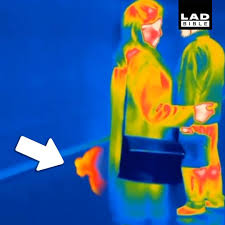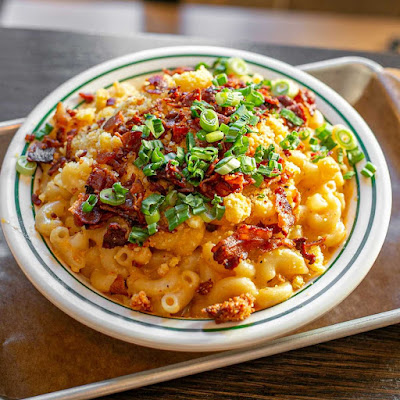Unmanned Aerial Vehicles: Drones
Unmanned Aerial Vehicles: Drones
What is UAV
UAV stands for Unmanned Aerial Vehicle, which functions exactly as it sounds. It is controlled by a remote controller either by a human or autonomously with a computer system. UAVs were originally developed for military operations that were unsafe for soldiers. Through extensive research and demand of these products for commercial and individual use, today we enjoy a wide variety of UAVs, namely drones. These drones are used for a vast spectrum, such as surveillance, photography, racing and delivering packages. The drones I am discussing are called quadcopters, using 4 rotor propellers to provide lift. Two propellers spin clockwise while the other two spin counterclockwise, by adjusting the speed of specific rotors it can create thrust and torque for the drone.Why do we need them
Drones are revolutionary in the way we can capture visual data and mine it for computer models. With their relatively ease of deployment and cheap costs to operate, it makes them much more effective than using weather balloons, airplanes and helicopters to capture data. Accurate data provides better performance of whatever project is being worked on, such as vegetative growth. They can also provide faster deliveries, filming quality.
Pandemic drones
 University of South Australia and Canadian based Draganfly Inc. have set up drones that use sensors to detect if people who are infected with COVID-19. These can detect body temperature, heart rate, respiratory rate, coughing and sneezing. Although it isn't 100% perfect, it can be used in the future for assisting in detecting injured people after natural disaster and wars. This will help prevent the spread of infectious diseases while also allowing quicker detection. This can also be expanded to police surveillance to help identify criminals on the run more efficiently. Combined with facial recognition this will decrease crime, although the ethics on this can be blurred, as there is opportunity for misuse.
University of South Australia and Canadian based Draganfly Inc. have set up drones that use sensors to detect if people who are infected with COVID-19. These can detect body temperature, heart rate, respiratory rate, coughing and sneezing. Although it isn't 100% perfect, it can be used in the future for assisting in detecting injured people after natural disaster and wars. This will help prevent the spread of infectious diseases while also allowing quicker detection. This can also be expanded to police surveillance to help identify criminals on the run more efficiently. Combined with facial recognition this will decrease crime, although the ethics on this can be blurred, as there is opportunity for misuse.Deliveries
Amazon had plans to deliver the new service in late 2019, although possible technical limitations have made them push it back. If a delivery company can create a working model for autonomous drone delivery, it can capture a huge market share by delivering packages in record fast times. Many companies are trying to hope on board with using drones to delivery services, and soon there may be dozens of drones flying over your house each day. Drones can also be used to airdrop medical assistance to inaccessible areas in poorer countries.
Future Use
Drones will be used for quality of life improvements, as with more accurate data we can prevent possible disasters or loss of life. It can increase economic productivity with less people being used for delivery and waiting for parcel. With more people using online services, drones could eliminate the need for human contact allowing for safer and more efficient delivery. On the darker side of things, drones can be used for terrorism as lightweight bombs can be attached to them and flown into crowds, airports, etc. Attacks could be a reality soon, with its costs and designs getting better each growing year. This can be cause for concern however for peoples privacy, noise pollution and safety. If drones hit other objects, such as insects, birds or other drones, it might land on someones head. Noise pollution is another factor, as have hundreds or even thousands of drones flying around all day will become a nuisance, even if they are hundreds of feet off the ground. Unless a silent propeller is developed, this will be a big issue in the upcoming years.Sources:
https://newatlas.com/drones/pandemic-drone-detect-infections-crowds-coronavirus/
https://www.roboticsbusinessreview.com/unmanned/drone-technology-forecasts-2019/


This comment has been removed by the author.
ReplyDeleteThis comment has been removed by the author.
DeleteInteresting how Drones are being used to find people who are potentially sick. After we clear COVID, i can see technologies like this becoming pivotal in the way we track and monitor diseases/colds/flu.
DeleteDo you think that drone technology will come to a point where they're small enough/have enough battery for them to be used for indoor applications? Thinking back to tracking people who are sick, it would be interesting if a drone could "lock on" to someone who has a fever and follow them to see who they interact with.
Ps. Commenting is hard